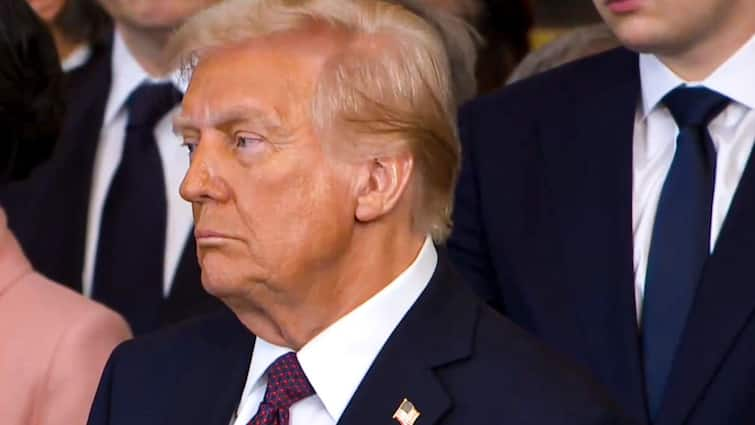Tensions Rise as Trump Ends Trade Talks with Canada Over Digital Services Tax
In a sudden and dramatic shift, U.S. President Donald Trump has halted ongoing trade negotiations with Canada, attributing the decision to a new digital services tax that Canada has imposed on American technology companies. This move signals a substantial change in the usually amicable trade relationship between the two North American neighbors.
The Catalyst: A Digital Services Tax
The crux of Trump’s concern lies in Canada’s implementation of a 3 percent digital services tax targeting large U.S. tech firms like Amazon, Meta, Google, and Apple. This levy, effective retroactively from 2022, applies to companies earning over $20 million annually from Canadian users. Trump has labeled the tax a “blatant attack” on the U.S., expressing his discontent and promising to unveil new tariff rates on Canadian goods within the week.
The announcement is especially jarring considering the recent cordiality observed at the G7 summit, where both Trump and Canadian Prime Minister Mark Carney appeared committed to establishing a new trade framework. The juxtaposition of these diplomatic engagements against the renewed tensions underscores the fragile nature of international trade negotiations.
Trump’s Declaration on Trade Negotiations
In an unequivocal message shared on his Truth Social platform, Trump declared, “Based on this egregious Tax, we are hereby terminating ALL discussions on Trade with Canada, effective immediately.” He further emphasized that discussions would not resume until Canada "straightens out their act," asserting U.S. dominance by stating, “We hold such power over Canada.”
At the White House, Trump reaffirmed his administration’s stance, suggesting that Canadians would soon be informed of the tariffs that would be levied on their goods, a move likely to complicate an already tense trade relationship.
U.S. Government’s Response and Future Outlook
Amidst the upheaval, U.S. Treasury Secretary Scott Bessent provided a counter-narrative, asserting that compliance and resolution were still possible. He mentioned that U.S. Trade Representative Jamieson Greer might initiate a Section 301 probe into Canada’s new tax. This legal avenue could potentially lay the groundwork for retaliatory tariffs aimed at recovering an estimated $2 billion in damages incurred by American firms due to the digital services tax.
The Canadian government, represented by Prime Minister Carney’s office, has adopted a cautious approach, stressing its commitment to continue engaging in negotiations. Carney’s focus on the best interests of Canadian workers and businesses indicates a desire to navigate these turbulent waters without escalating the situation further.
Broader Trade Trends Amidst Conflict
Interestingly, while the trade spat with Canada has taken center stage, there are signs of positive movement in other international trade discussions. Bessent mentioned ongoing negotiations with 18 countries, with the promise of significant deals potentially concluding by the upcoming Labor Day holiday in early September.
The U.S. has also shown renewed vigor in its dealings with China, particularly in addressing vital issues regarding the shipment of rare earth minerals and magnets. These materials are essential for key industries in the U.S., including defense and technology. After a period of relative hostility characterized by halted exports and tariffs, new agreements have allowed China to resume shipments, reinstating a crucial flow of resources.
Negotiations with Other Key Players
In addition to addressing issues with Canada and China, U.S. officials are currently engaged in advanced negotiations with Japan and India. The Japanese government has indicated a commitment to ongoing dialogues aimed at crafting mutually beneficial agreements, reflecting a collaborative approach to trade.
Moreover, the U.S. is actively revising its trade proposal offered to the European Union, as it aims to meet a vital July 9 deadline for new trade deals. Trump has hinted at the possibility of flexibility regarding this deadline, suggesting a potential for extensions or accelerations based on the outcomes of negotiations with other countries.
Trump’s comments—such as expressing a willingness to notify all parties about impending tariffs—signal that the administration is not only steeling itself for a robust negotiation phase but is also prepared to enact substantial policy changes based on the outcomes.
The landscape of U.S. trade relations is thus shaped by these multifaceted discussions, with each interaction having the potential to influence numerous sectors and international ties. The ongoing adjustments reflect the dynamic nature of global commerce and the significant implications of national policies in the interconnected trade ecosystem.


